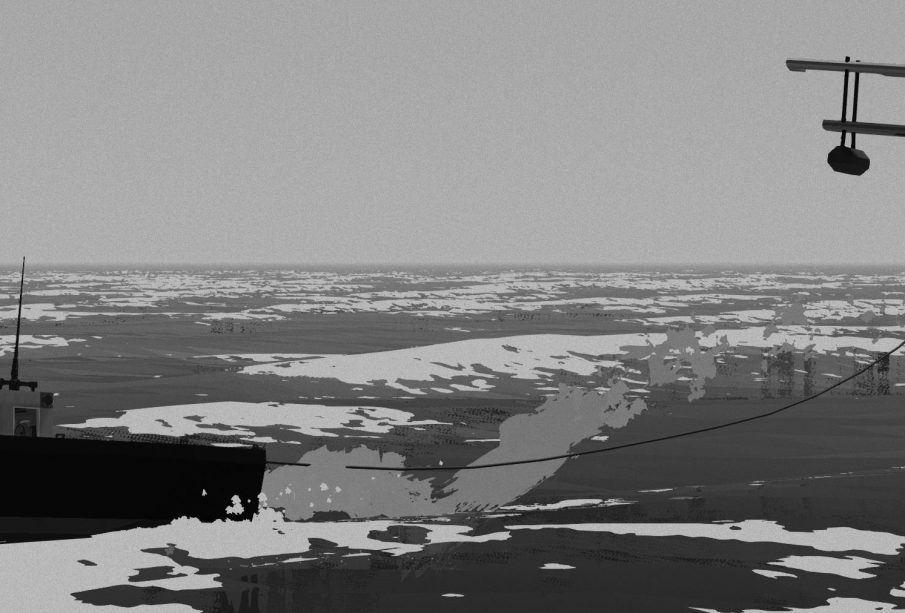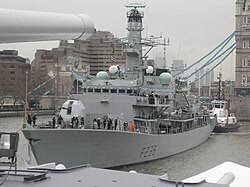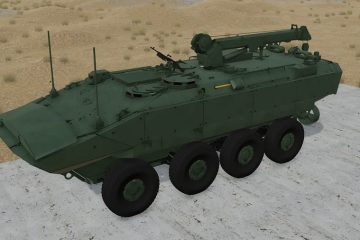Recent Developments in the RAF: Safeguarding UK Airspace

Introduction
The Royal Air Force (RAF) has been a cornerstone of British military operations since its formation in 1918. With escalating global tensions and ongoing security challenges, understanding the current state and evolution of the RAF is crucial. The RAF plays an essential role in safeguarding UK airspace and supporting international peacekeeping initiatives.
Recent Developments
In 2023, the RAF has been actively engaged in numerous key operations and strategic enhancements. One of the most significant developments is the ongoing £2 billion investment in upgrading the Typhoon fighter jets. This initiative aims to prolong the operational life of the aircraft while integrating advanced systems that enhance their combat capabilities.
Additionally, the RAF has increased its presence in Eastern Europe in response to the ongoing conflict in Ukraine. RAF aircraft, including the A400M Atlas and the Voyager tanker, have been regularly deployed to support NATO operations and facilitate humanitarian assistance efforts. These operations are vital in demonstrating the UK’s commitment to collective defence among NATO allies and ensuring regional stability.
Technological Advancements
The integration of drone technology has also marked a transformative phase for the RAF. The adoption of remotely piloted air systems (RPAS) like the MQ-9 Reaper highlights a shift towards more versatile and responsive aerial operations. In recent joint exercises, the RAF has showcased mixed-unit operations, combining both manned and unmanned systems to maximise operational effectiveness.
Public Engagement and Future Outlook
As the RAF evolves, maintaining public support and transparency is becoming increasingly important. The RAF has initiated outreach programmes and community engagement efforts to foster a better understanding of its role. This includes educational campaigns highlighting the RAF’s commitment to diversity, sustainability, and technological innovation.
Looking ahead, forecasts suggest that the RAF will continue to adapt to meet new security challenges. With ongoing discussions around cyber warfare and the role of artificial intelligence in military operations, investment in both personnel training and technology will remain a priority.
Conclusion
In summary, the RAF is at a pivotal junction, facing challenges that require both innovation and adaptability. As it enhances its capabilities and responds to global security needs, the significance of the RAF in safeguarding UK airspace and contributing to international stability cannot be overstated. The coming years will be critical in shaping the future of the Royal Air Force as it strides confidently into an uncertain world.








